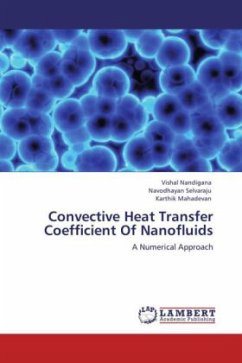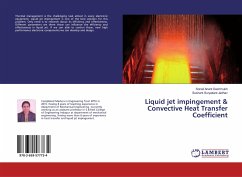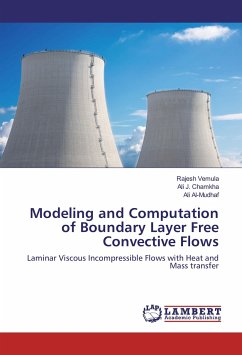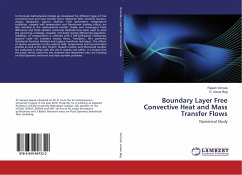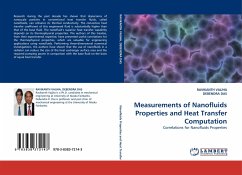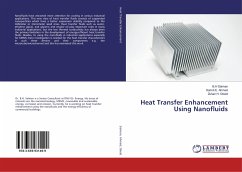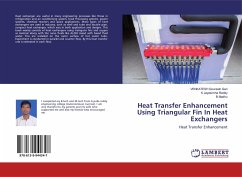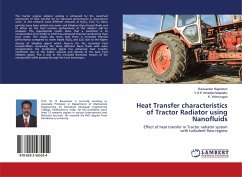The thermal performance namely heat transfer charactersistics of different types of nanofluids inside a uniformly heated tube is numerically investigated. A realistic two-component model for transport phenomena in nanofluids was developed by considering nanoparticle absolute velocity as the sum of the base fluid velocity and a relative (slip) velocity. These numerical results were validated by comparing them with the experiments performed under the same flow conditions. The effect of mass flow rate, heat flux, inlet temperature, particle size, concentration on the convective heat transfer coefficient is elaborately discussed. A new correlation has been proposed for determining the local Nusselt number as a function of Re, Pr and (D/X) based on the experiments carried out for the laminar regime under constant heat flux condition for very low particle concentration. The correlations developed will hopefully provide a better understanding on the local variation of the convective heat transfer of such novel fluids.
Bitte wählen Sie Ihr Anliegen aus.
Rechnungen
Retourenschein anfordern
Bestellstatus
Storno

